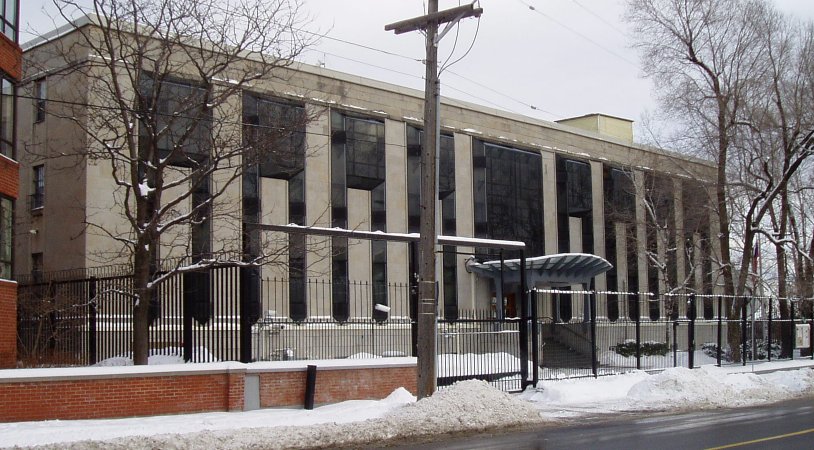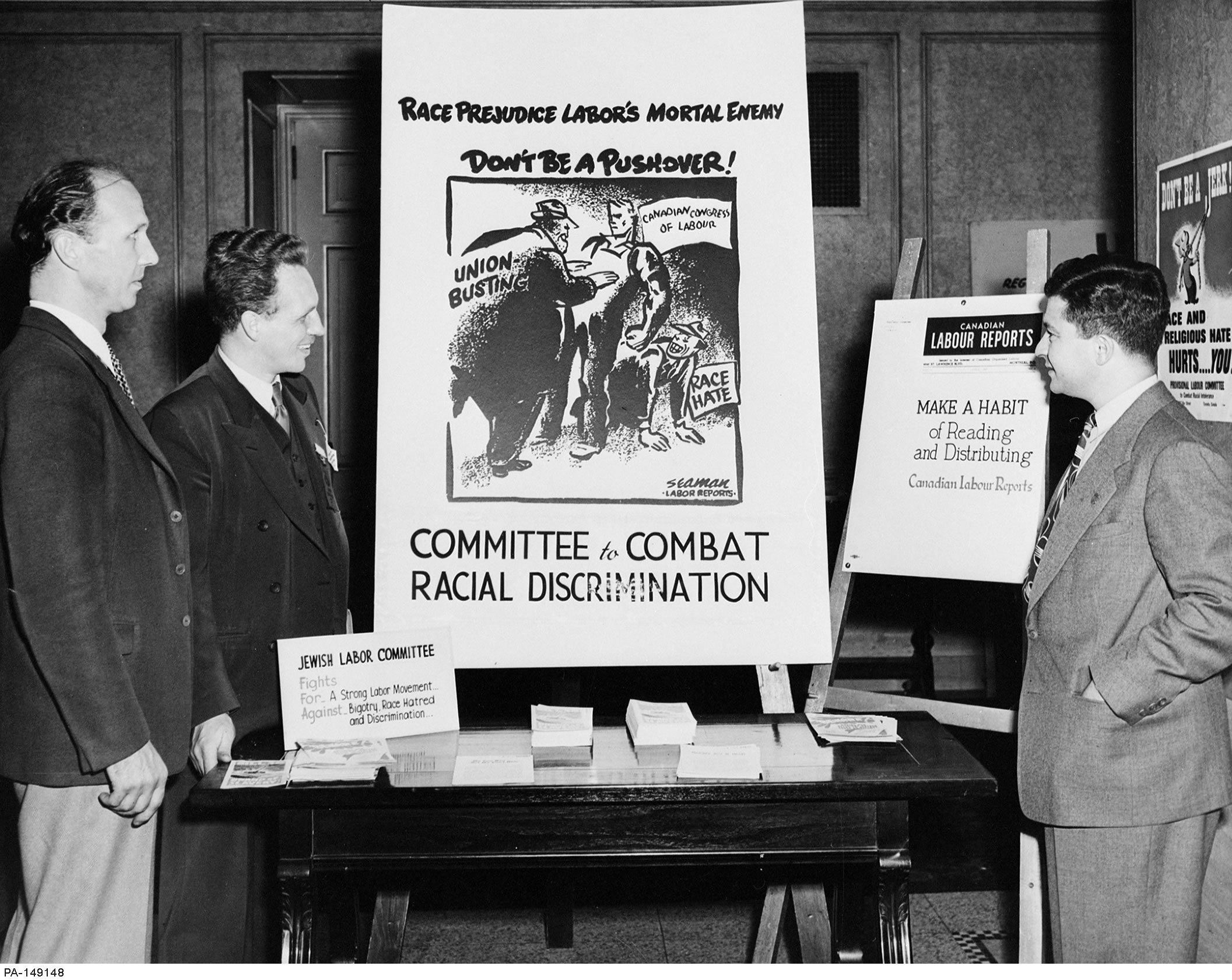Gouzenko Affair
| Copyright Dominique Clément / Clément Consulting
On the evening of 5 September 1945, a young, frightened Russian cipher clerk who worked in the Soviet embassy in Ottawa left his office with several top-secret documents hidden under his coat. Igor Gouzenko carried a terrible secret, one that he hoped would buy him asylum: evidence that a Soviet-led spy ring was operating in Canada. The Canadian prime minister, Mackenzie King, responded by signing a top-secret Order-in-Council (PC6444) passed under the authority of the War Measures Act. The order directed Minister of Justice Louis St. Laurent (a future prime minister) to use whatever means were necessary to investigate Gouzenko’s claim. Under the War Measures Act, the minister of justice had unlimited powers over the “arrest, detention and deportation” of any Canadian citizen, who could be held for an indefinite period (there was no Canadian bill of rights in 1945, and thus Ottawa’s ability to detain citizens was virtually unchecked). Although the war had formally ended in August 1945 following Japan’s surrender, and the War Measures Act was set to expire in December 1945, it was still in force during the fall of that year, and its powers would persist in the form of PC6444.
On 7 December 1945, the defection still remained a secret. Only a few high-level government officials were aware of the investigation and PC6444. The government’s legal advisor, E.K. Williams (president of the Canadian Bar Association), concluded that Gouzenko’s (code-name Corby) evidence was sufficient to prosecute perhaps only four of the twenty-one suspected spies. In a top-secret memorandum to Mackenzie King, he recommended that the government create a royal commission to investigate Gouzenko’s allegations. Williams argued that a commission “need not be bound by the ordinary rules of evidence if it considers it desirable to disregard them. It need not permit counsel to appear for those to be interrogated by or before it.” In essence, he was suggesting that the government circumvent the legal protections that the criminal justice system afforded to individuals. Still, the prime minister hesitated to act. At a time when the world believed that a war between the West and the Soviet Union was imminent, he was afraid of the implications of revealing the existence of a Soviet spy ring. But his hand was soon forced. Drew Pearson, a popular American talk-show host, declared on the radio that he had evidence that the Canadian government was holding a Russian defector who had revealed the existence of an elaborate spy ring operating in Canada and the United States. Frustrated and dismayed at the leak, but realizing that he must act swiftly, Mackenzie King signed another secret Order-in-Council (PC411), which established the Royal Commission to Investigate Facts Relating to and the Circumstances Surrounding the Communication, by Public Officials and Other Persons in Positions of Trust of Secret and Confidential Information to Agents of a Foreign Power (espionage commission). The commission was mandated to investigate Gouzenko’s claims and to offer recommendations to protect the state against future acts of espionage.
Ten days later, on 15 February 1946, the RCMP launched a series of raids and arrested eleven suspected spies (two more were arrested the next day). (In one case, the police accidentally raided the wrong apartment. The officers duly apologized to the terrified couple and moved down the hall to arrest the correct person.) A few hours later, Mackenzie King called a press conference in Ottawa and, for the first time, informed the Canadian public and the world community about the defection and the spy ring (fearing the potential diplomatic fallout, he refused to name the defector’s country of origin, and several months would pass before the public learned of it).

 Site Resources
Site ResourcesThe readings lists available on this site deal with a range of topics from human rights to biographies and specific events.
-
- Any use of material or referencing content from HistoryOfRights.ca should be acknowledged by the User and cited as follows:
–
- Clément, Dominique. “page title or document title.” Canada’s Human Rights History. www.HistoryOfRights.ca (date accessed).


 History
History 
 © 2024 COPYRIGHT CLÉMENT CONSULTING. ALL RIGHTS RESERVED.
DEPARTMENT OF SOCIOLOGY, UNIVERSITY OF ALBERTA
© 2024 COPYRIGHT CLÉMENT CONSULTING. ALL RIGHTS RESERVED.
DEPARTMENT OF SOCIOLOGY, UNIVERSITY OF ALBERTA